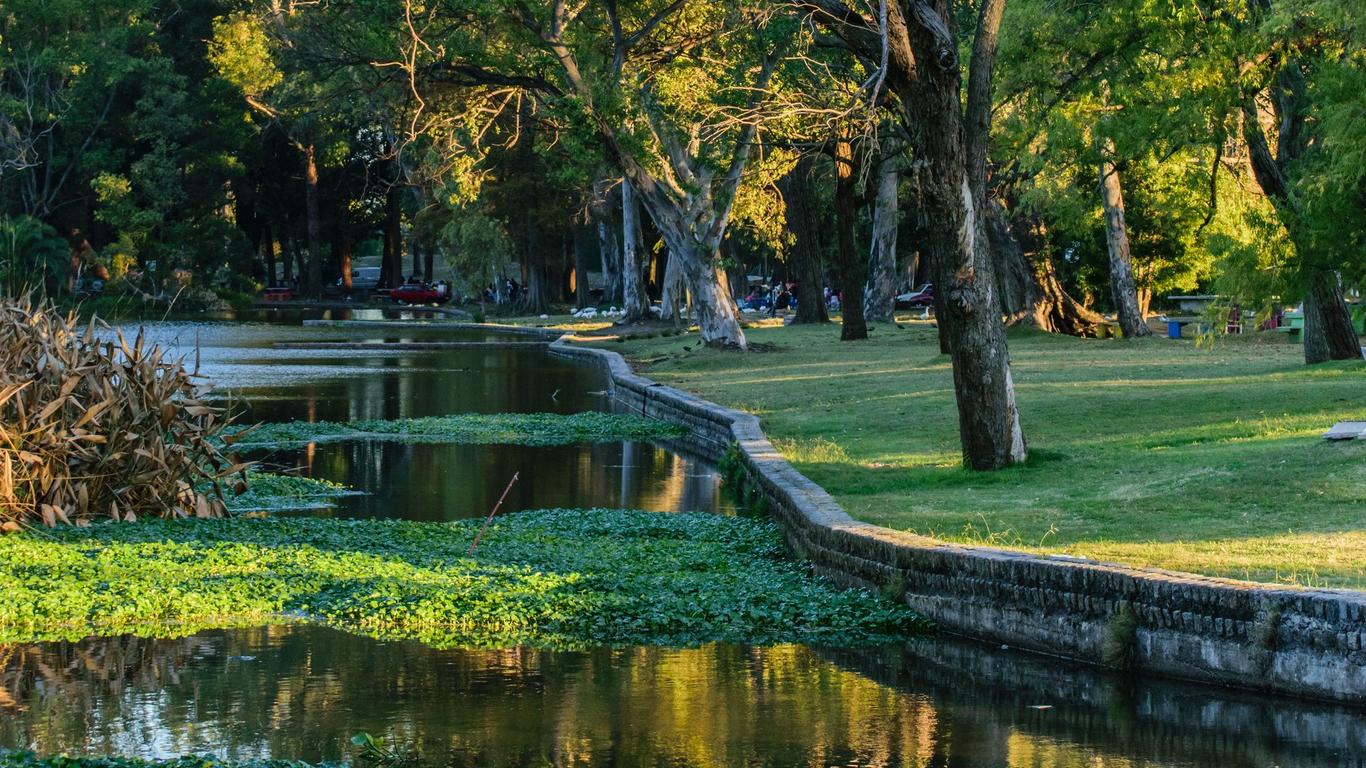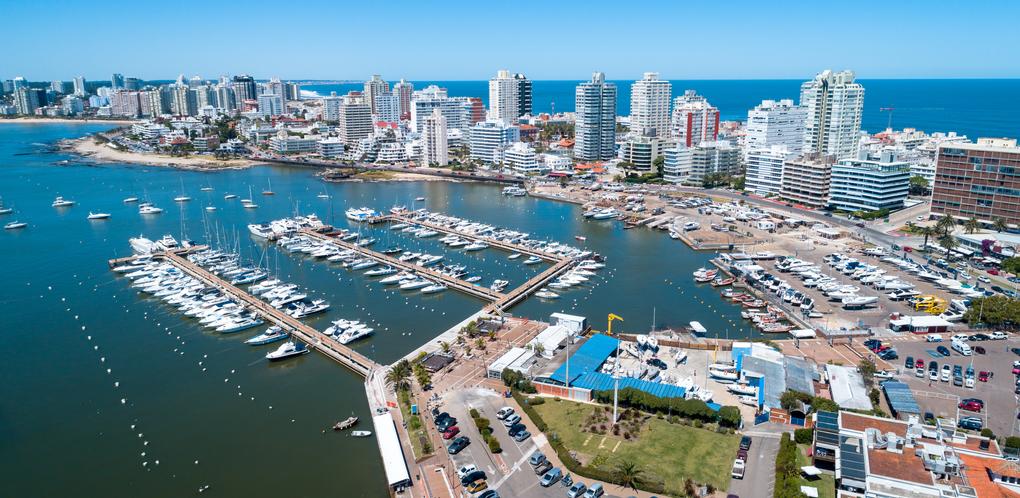
Uruguay travel guide
Uruguay Tourism | Uruguay Guide
You're Going to Love Uruguay
With its colorful cities, wide beaches and a cuisine that has been influenced by many European countries, Uruguay has a lot to offer.

What to do in Uruguay
1. Explore Vibrant Montevideo
There is so much to see in the capital city of Uruguay, starting from Plaza Independencia, going through the old town Ciudad Vieja, and passing by the Mercado del Puerto market for some local food.
2. Visit the Old Town of Colonia
The town of Colonia has been listed as a UNESCO World Heritage Site. Its old town consists of small cobbled streets with sycamore trees. Don't forget to walk through the famous Calle de los Suspiros.
3. See La Mano Sculpture at Punta Del Este
Punta Del Este is the location of the famous La Mano sculpture of a hand coming out of the sand. The place is also famous for its vibrant nightlife.
4. Experience a Rustic Village at Cabo Polonio
Home to the second biggest colony of sea lions, this village is as rustic as it gets with electricity that is auto generated with the use of generators, wind and solar power.
5. Dance Tango at Tacuarembó
Most people associate tango with Argentina; however, it is alleged that the dance form actually originated in Tacuarembó, Uruguay, which is the birthplace of famous tango singer Carlos Gardel.
When to visit Uruguay
The best time to visit Uruguay is during its spring and summer seasons, which are from October to March. The summer tends to be a bit busier with tourists, while October to December offer a quieter option.
How to Get to Uruguay
Entry requirements
Citizens of around 50 countries, including some EU and South American countries, are able to enter Uruguay without a visa. For every other country, a visa is needed prior to arrival.
Plane
Carrasco International Airport is the country's major airport. Flights are offered by airlines such as Iberia, American Airlines, LATAM Airlines and CopaAirlines, which connect Montevideo with cities around Europe, the Americas and Australasia.
Car
You can get to Uruguay from Argentina driving over the river Rio Uruguay through 4 different locations, including Bella Unión and Salto. If you are in Brazil, you can drive to Uruguay through one of 7 towns, including Bella Unión, Rivera and Rio Branco. If arriving through Rio Branco, make sure to get an exit stamp from the town of Jaguarão prior to arriving at the border.
Bus
International bus travel is available from all Argentinian provinces, from São Paulo, Porto Alegre and Rio de Janeiro in Brazil, from Asunción in Paraguay and from Santiago de Chile in Chile. Similarly to car travel, travelers arriving from Brazil through Rio Branco by bus will need to get their passports stamped from the authorities in the town of Jaguarão.
Boat
Ferries link Buenos Aires in Argentina with multiple destinations in Uruguay, including Montevideo and Colonia. The three main ferry operators are Buquebus, Colonia Express and Seacat Colonia.
Popular airlines serving Uruguay
Where to stay in Uruguay
During the summer season, beach houses are the most popular accommodation option in Uruguay, with hotels available as well. If you want to stay in a more serene environment, Estancias are available in areas outside of the cities.
Where to stay in popular areas of Uruguay
Most booked hotels in Uruguay
How to Get Around Uruguay
Public Transportation
The main option for public transport available in Uruguay is through an extensive network of buses.
Bus
Most buses leave from the Tres Cruces station in Montevideo and head to various parts of the country. When choosing a bus, make sure to always check the duration of the trip beforehand as travel times can have large differences depending on the line.
Car
Most people can rent a car with their local driver's license, though citizens from some countries are required to have an International Driver's Permit. Alternatively, taxis are an affordable and commonly used method of transport, with the possibility to hire for longer distance travel.
The Cost of Living in Uruguay
The cost of an inexpensive meal in Uruguay is around 350 UYU (7 USD), while a mid range 3-course meal will cost around 650 UYU (18 USD). A local bus ticket will cost on average 36 UYU (1 USD), and a ticket to the cinema will cost around 300 UYU (8 USD). Credit cards are accepted in all major hotels, restaurants and establishments, and US dollars are accepted in the main touristic areas.